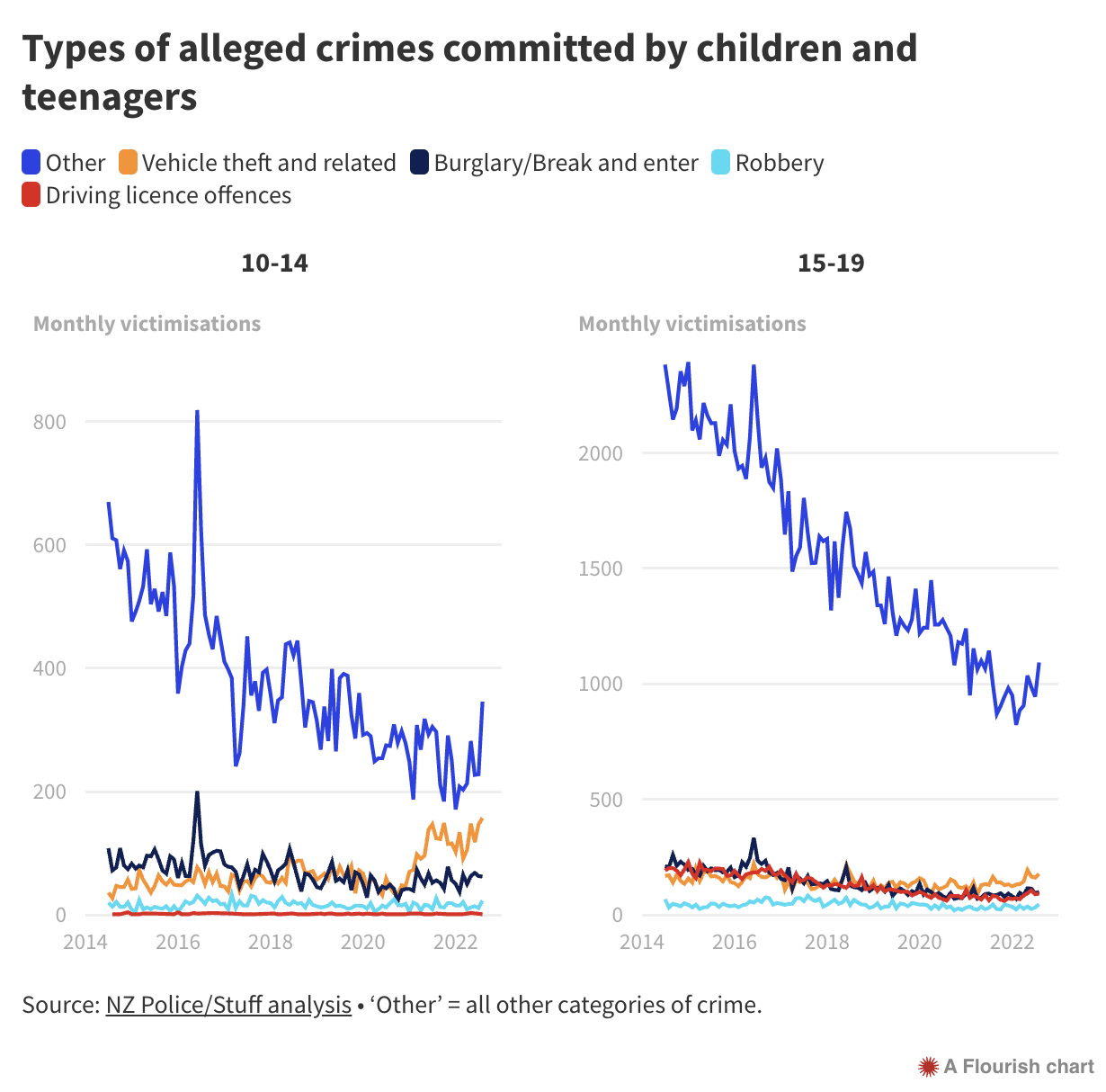Death by Chocolate?
The BBC: Hershey sued in US over metal in dark chocolate claim.
This is a slight variation on normal headline grammar: Hershey isn’t being sued over something they claimed; they are being sued because Consumer Reports claims to have found surprisingly high concentrations of lead and cadmium in dark chocolate from a wide range of manufacturers, small and large, organic and conventional, fair-trade and … whatever the opposite of that is. The cadmium seems to come from the soil — chocolate eaters are on the wrong end of phytoremediation here — and the experts don’t actually know where the lead comes from. Hershey is being sued because they’re a potentially rewarding target, not because they are more at fault than other chocolate makers.
So, how bad is it? Consumer Reports say that the heavy-metal concentrations exceed health standards if you eat an ounce (like, 30g) every day. To get this result, they used the strictest health thresholds they could find: as they phrase it, “CR’s scientists believe that California’s levels are the most protective available”. We can look at how California computed its threshold (MADL) for cadmium — at least, how it did in 2001; it’s possible there’s a stricter threshold that I haven’t found on Google. The procedure was to take the highest concentration with no observed adverse effects in animals, scale it by weight, and divide by 1000 for safety. With cadmium, they didn’t have a no-effect study, they only had a study showing adverse effects, so they put in an extra factor of 10 to account for that. So, the threshold we’re comparing to is 10,000 times lower than the lowest concentration definitely shown to be harmful. The California law doesn’t say it’s dangerous to exceed this threshold; it says that if you’re under this threshold you’re so safe that you don’t have to warn consumers that there’s cadmium present. (PDF)
For chemicals known to the state to cause reproductive toxicity, an exemption from the warning requirement is provided by the Act when a person in the course of doing business is able to demonstrate that an exposure for which the person is responsible will have no observable reproductive effect, assuming exposure at 1,000 times the level in question
Presumably the same is basically true of lead. Now, lead and cadmium are well worth avoiding, even at levels not specifically known to be harmful. Lead, in particular, seems to have small adverse effects even at very low concentrations. But the level of risk from doses anywhere in the vicinity the California MADL is, by careful design, very low.
We can look at NZ dietary exposures to cadmium, in the incredibly-detailed NZ Total Diet Study (PDF). We’re averaging about 5.2 ug per kg of bodyweight per month for women, 6.6 for men, and 12 for 5-6year old kids. The provisional monthly tolerable dose given in that report is 25.
Our numbers are a bit higher than France and Australia, a bit lower than Hong Kong, and about the same as Italy. If you take the hypothetical 58kg woman used in the California regulatory maths, she would consume about 10 ug/day of cadmium. The California limit is 4.1 and the NZ limit is 48. So, an ounce of high-cadmium dark chocolate per day, if it’s, say, twice the California limit, is a significant fraction of the typical cadmium consumption, but well under any levels actually known to have health risks.
For years, the StatsChat rule on dark chocolate has been “If you’re eating it primarily for the health benefits, you’re doing it wrong”. That still seems to hold.


